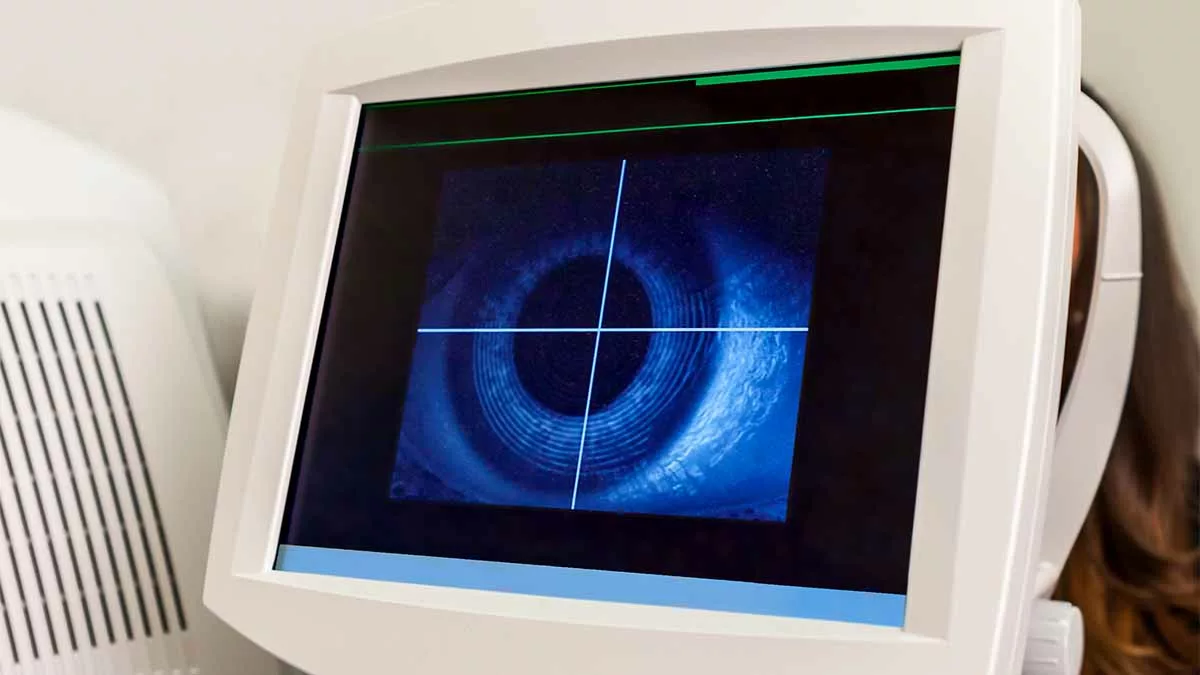
An artificial intelligence (AI) tool that analyses ECG readings during routine heart scans could identify people at risk of type 2 diabetes as much as 10 years before they begin to develop the condition, research has suggested.
The research, funded by the British Heart Foundation (BHF), was presented at the American Heart Association’s recent Scientific Sessions 2024 in Chicago.
The breakthrough has come as, separately, NHS England has announced the rollout of a community-based programme of digital eye screening for people with diabetes.
It is estimated there are around 5.6 million people in the UK living with diabetes, and it is thought up to 1.2 million of those have the condition and are yet to be diagnosed.
Type 2 diabetes and ‘prediabetes’ are diagnosed using a blood test. Early detection is vital in reducing the risk of type 2 diabetes and its associated complications, which can include problems with the heart, eyes and feet.
The BHF-funded team, led by Dr Fu Siong Ng and Dr Arunashis Sau at Imperial College London, developed the ‘AI-ECG Risk Estimation for Diabetes Mellitus’ tool (AIRE-DM) using around 1.2 million ECGs from hospital records.
Using data from the UK Biobank, they then validated AI’s ability to detect subtle changes in routine ECGs that could signify that someone might be at higher risk of type 2 diabetes, years before their blood sugar levels begin to rise.
The AIRE-DM tool accurately predicted future risk in people of various ages, genders, ethnicities and socioeconomic backgrounds about 70% of the time.
The researchers suggest it could help spot people who might otherwise not have been identified as likely to develop the condition.
The tool will be piloted in the next year, and the researchers hope it could be rolled out in the NHS in the next few years, the BHF has said.
Professor Bryan Williams, BHF chief scientific and medical officer, said: “This exciting research uses powerful artificial intelligence to analyse ECGs, revealing how AI can spot things that cannot usually be observed in routinely collected health data. This kind of insight could be a game-changer in predicting future risk of developing type 2 diabetes, years before the condition begins.”
The NHS England rollout, meanwhile, is providing optical coherence tomography (OCT) scans to some 60,000 people with diabetes outside of traditional hospital settings, so in larger GP practices, community hospitals or mobile vans.
The hope is that the initiative will save up to 120,000 hospital appointments a year and help prevent diabetes-related sight loss.
Around four million people are currently registered with the NHS Diabetic Eye Screening Programme, and 3.3 million have routine digital screening every one or two years.
OCT uses light waves to take more than?1,000 images of your eye, from the retina to the optic nerve to create a detailed 3D image that gives more accurate results than standard cameras. The scans detect changes to the eye that don’t show up in colour photography, such as a thickening of the retina.
Steve Russell, NHS national director for vaccinations and screening, said: “This technology will help us find and treat diabetic eye conditions early, helping minimise and prevent sight loss, and it also means that thousands of appointments in traditional hospital settings could be saved, which is great news for the NHS.”
Sign up to our weekly round-up of HR news and guidance
Receive the Personnel Today Direct e-newsletter every Wednesday



